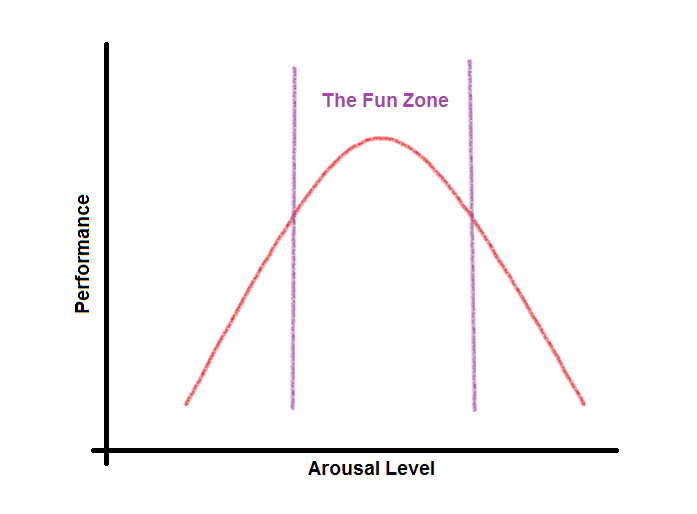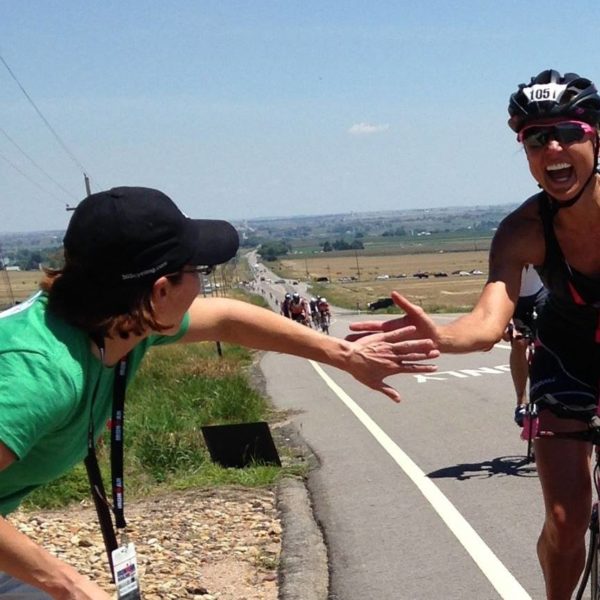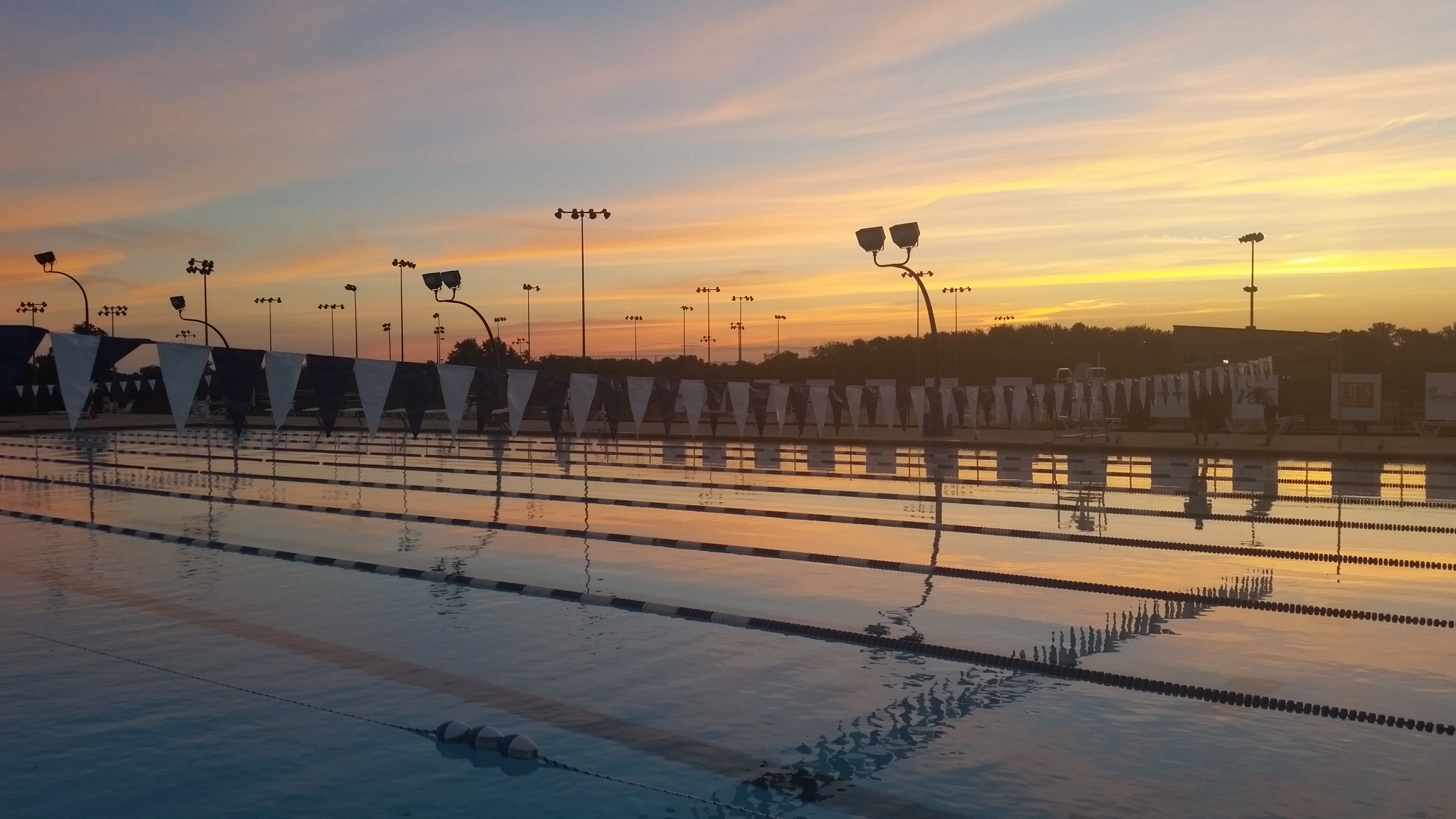
When I was in elementary school, I was in a program where we had to write summaries of our day. We wrote about what we did in each class, and then conclude with a “reaction” section, explaining what we learned, liked and disliked the most, or other thoughts surrounding our day. But there was one rule. We were not allowed to use the word fun. One of the many synonyms or related words were fine, but not “fun.”
I’m going to deviate from my early childhood education (with apologies to my wonderful teachers) and use this word. Because endurance athletes just want to have fun. We push ourselves hard. Pain, hurt, and suffering are all common terms in our lexicon. But we keep coming back for more and at the end of the day we say, “that was fun!”
When do you perform your best? Assuming you have your training squared away and are properly tapered, the mental aspect of sport performance is indeed significant. This is why a lot of athletes (especially the high level ones who are counting on their performance for income) hire sports psychologists – to figure out the best way to find the right spot for their mental performance to have their great physical performance.
I have a book called The Triathlete’s Guide to Mental Training by Jim Taylor Ph.D. and Terri Schneider. It’s a great book of 260 pages that outlines six items of a ‘pyramid’ to manage. The concepts are applicable to all endurance sports. From base to peak they are motivation, confidence, intensity, focus, emotions, and pain. I will agree that managing these are key to great performance, and each athlete will have different needs and approaches to managing each.
Now I am going to mention the Yerkes-Dodson law, which has been around for over a century. It’s a simple inverted ‘U’ curve with arousal on the X axis and performance on the Y axis. It’s pretty generic and can be applied to any kind of performance (sport, music, learning, your day job, home life, etc).
Putting this in the sport context, I think we can all agree that if you enter a race unmotivated and not excited about what you are going to do, you will race flat. If you are on the other side of the curve being too nervous or too excited – all your energy seems zapped…you spent it all being nervous and performance will suffer.
With sincere apologies to all the sports psychologists that work hard trying to quantify these effects, I’m going to overly simplify this. The key to great performance (assuming your training is in the bank of course!) is to find your fun zone.

Somewhere in the middle of this curve is optimal performance; what I’m calling the fun zone. Everyone has got to find their own way to get there, but think about racing like a kid, even when it hurts. Some of my best races and surprise performances have come from going into a race prepared, but just thinking “I’m going to see what happens and give it my best, and be glad I can be out on that race course.”
I remember one time I was training in Iowa on my in-law’s cruiser-type bike. I was on a gorgeous shaded bike path, it was in the middle of summer and everything was green and blooming. It parallelled a railroad track and a train started to come from behind. So what did I do? I tried to race it. Of course I’m not going to beat a train on a cruiser bike, but it was fun! You bet I was wearing a super cheesy and happy grin after that effort. And now I have a great memory to channel during a race…beat the train!
Be glad you can be out there racing and enjoy the experience. It’s why I always tell my athletes to “race hard and have fun.” It’s why my coach told me the best advice he can give is to have fun. So to everyone out there in your world of hurt, pain, and suffering, we’ll see ya in your fun zone!










1 comment
Great article! I can always hear you saying “Run like you did when you were a kid!” during a difficult run! Way to keep it fun, coach! 😉
Comments are closed.